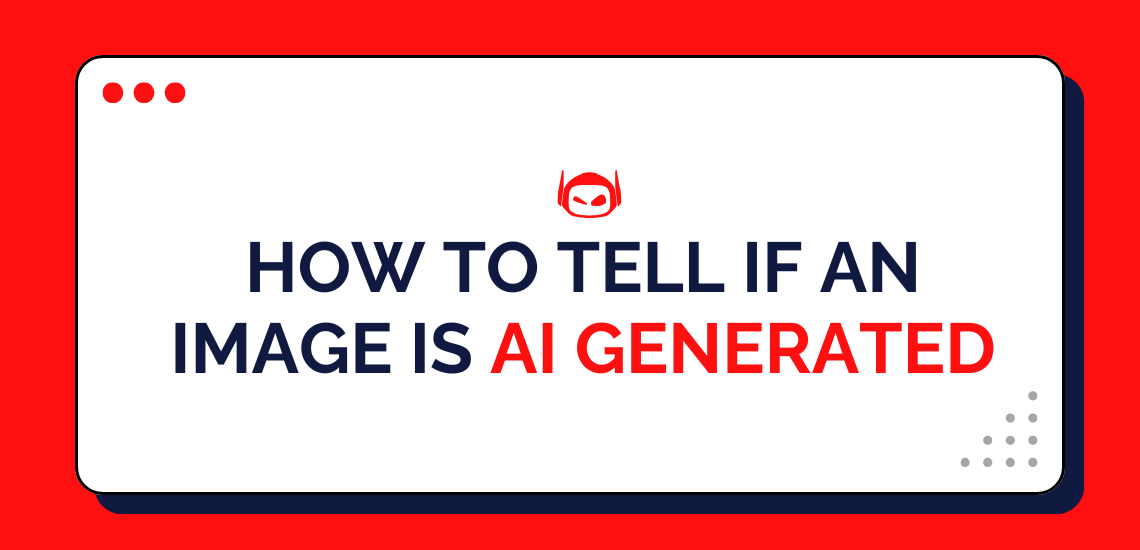
General Guide About Content and Writing
AI-generated and deepfake images created by image generators are reaching...
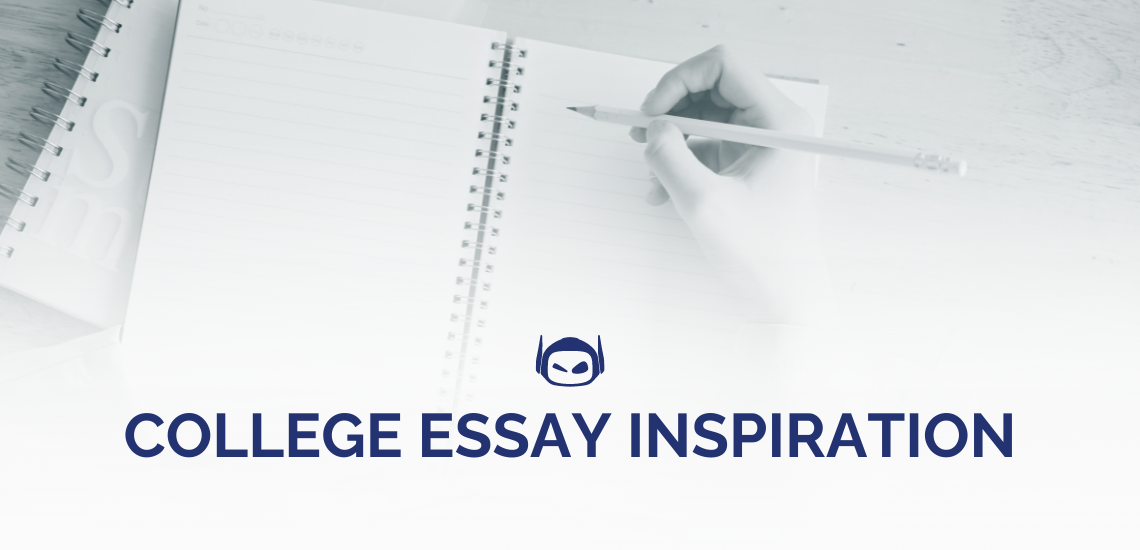
General Guide About Content and Writing
Do you need to write a compelling essay to get...
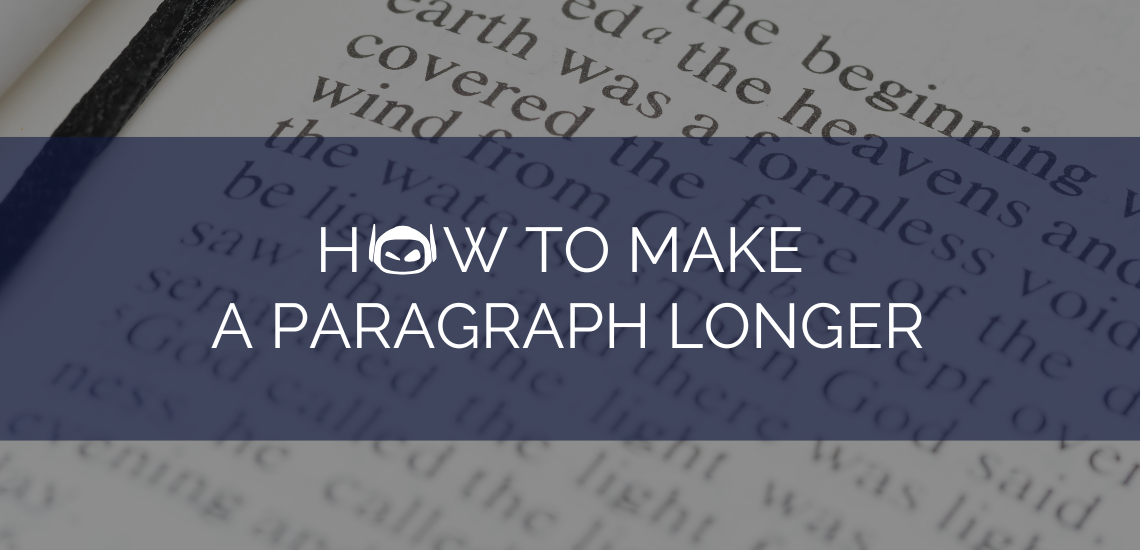
Do you need to meet the desired word count requirements...

AI text generation technology is developing at a rapid pace....

General Guide About Content and Writing
An AI storymaker is a useful tool that can assist...

General Guide About Content and Writing
Do you want to learn the top data science applications...
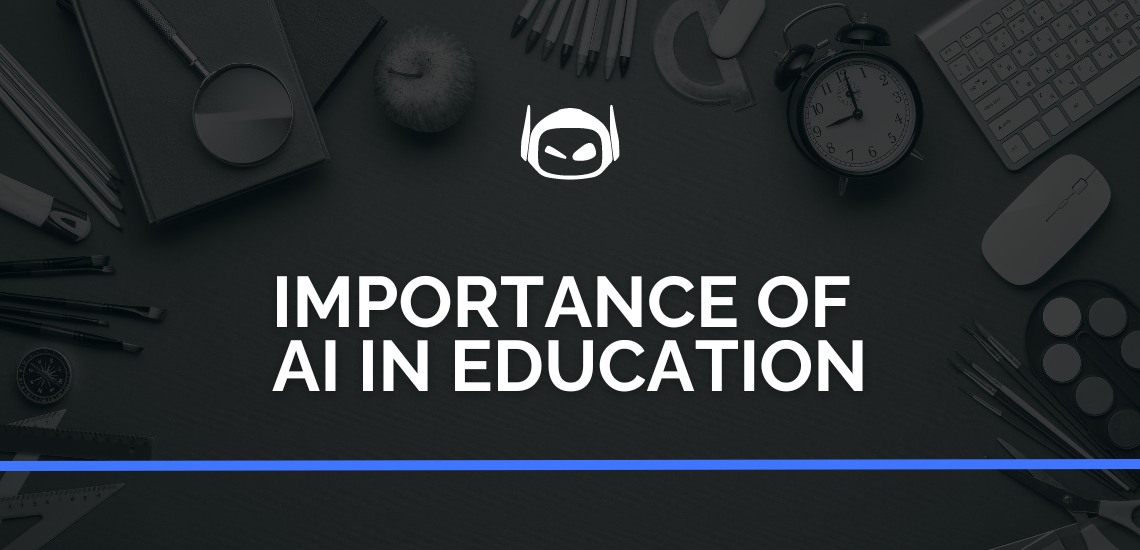
General Guide About Content and Writing
The importance of AI in education is growing as the...

General Guide About Content and Writing
Are you having a hard time figuring out whether it...
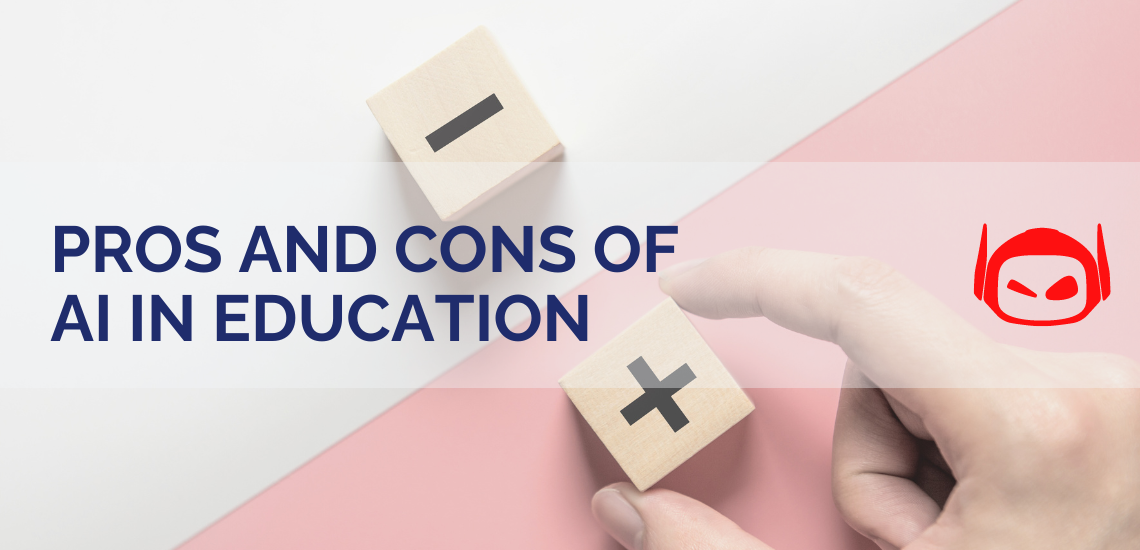
Are you wondering if you should add AI to improve...
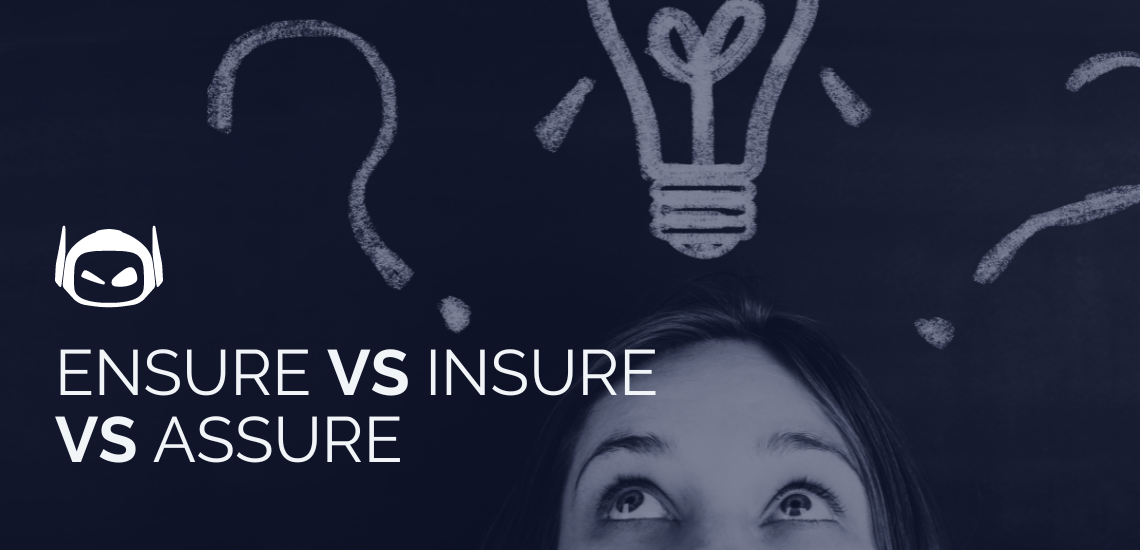
General Guide About Content and Writing
How often have you mixed up the three words “ensure,...